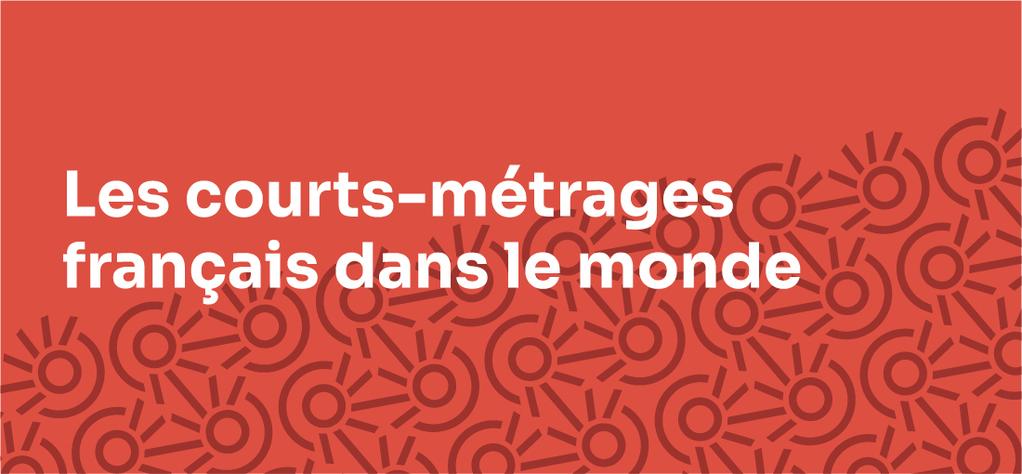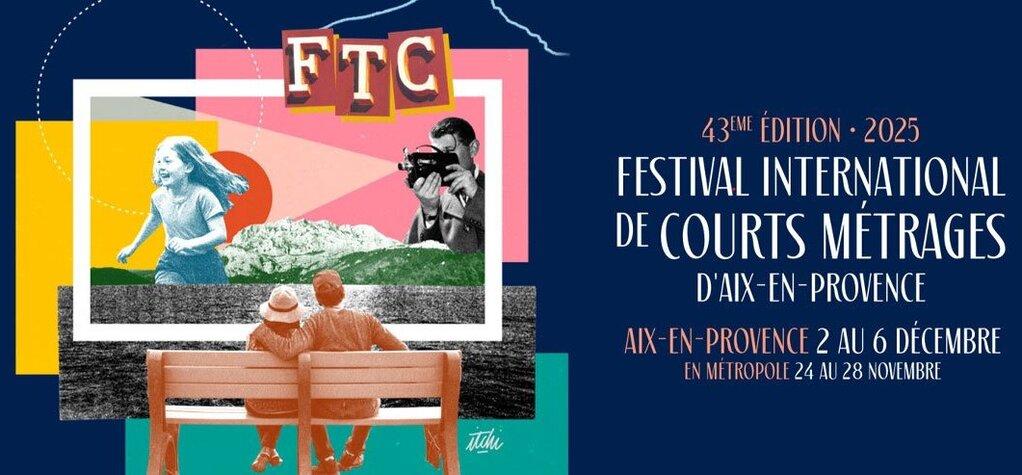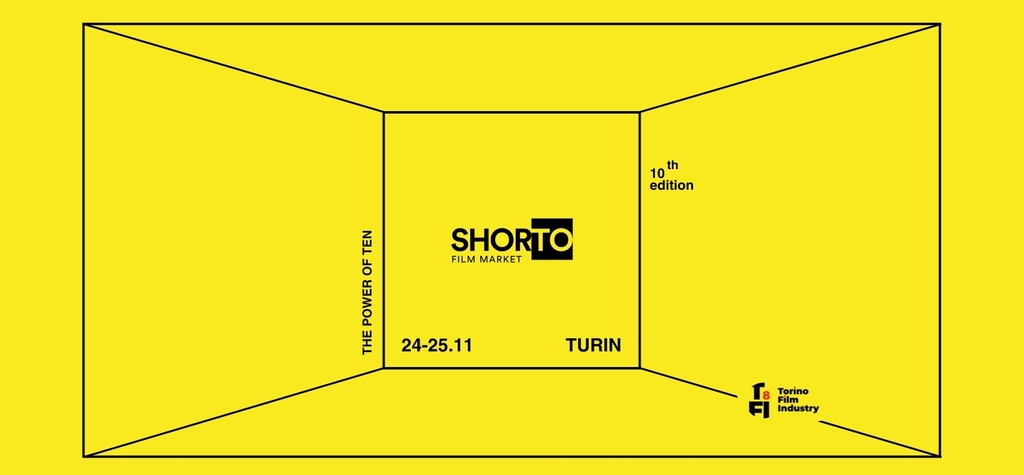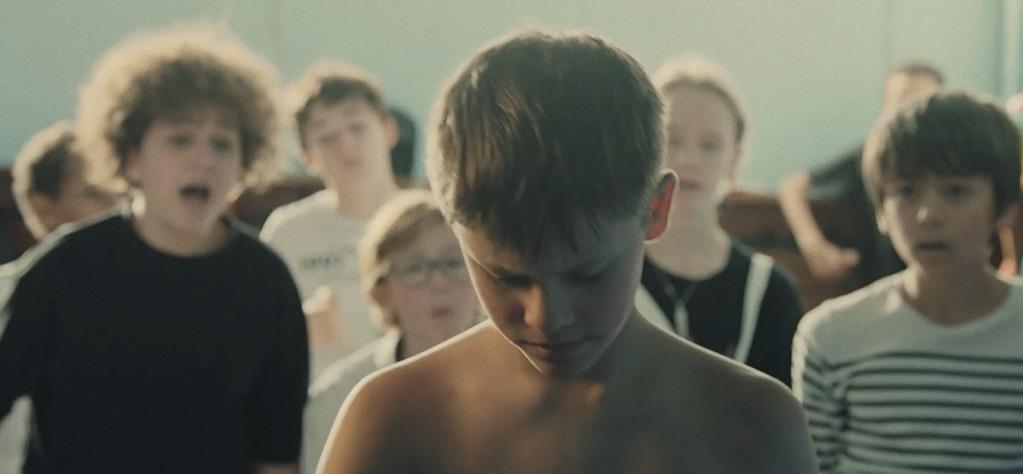With just 3.3 million admissions registered, French productions posted their worst results of the decade, even though their market share remained stable at around 3%.
The Spanish market
As seen elsewhere, periods of economic recession tend to result in an increase in overall movie attendance, since movies remain an accessible form of entertainment. This phenomenon, in addition to the release of a series of commercially successful films, meant that the number of admissions across Spain rose by 2.8% in 2009 compared to the previous year (110 million admissions against 107 million), thus putting an end to the constant declining figures observed since 2005. 2009 posted the second highest attendance figures of the decade, after 2004. It is also significant to mention the impact of the results of the month of June on overall movie attendance figures in Spain, as this month saw the launch of the very first Cinema Festival, which attracted over 700,000 spectators in just three days.
Box office revenues rose by 9% in this period thanks to an increase in ticket prices. The Top 3 films of the year were Up, Avatar (which took second place after only 13 days on the screens), and Ice Age 3: Dawn of the Dinosaurs, with all three titles released in 3D. The most successful Spanish film, Agora, sat at 4th place.4 Spanish cinema thus regained momentum in 2009 and increased its market share by 35% over 2008.
However, half of these ticket sales were credited to four titles: Agora, Planet 51, Celda 211, and Spanish Movie. Five other films complete the list of top performers, and between them these titles claimed 75% of all revenues to Spanish films, indicating that the remaining 25% of box office takings were divided between around 100 films–which invites the movie sector to seriously consider the current state of the market.
While Spanish films fared well this year, it is important to note that 17 titles were released in 3D and generated 7.5% of box office revenues, thus offering a certain comfort to the exhibition sector which had invested over €32 million to digitize theaters (taking the number of theaters equipped with 3D technology from 86 in 2008 to 225 in 2009).
The average number of screens per site was around 5, with 4,140 screens in operation in 851 cinema complexes. This indicates a concentration of screens in multiplexes, which consequently benefits American productions and leaves little space for French films to make their mark. The only remaining independent theater network, Renoir, continued nonetheless to release French titles, but on a reduced scale.
Finally, it can be mentioned that Spain, like many other countries, has been hit hard by the recession, with the independent distribution sector undergoing serious difficulties. The practice of offering films "super-short" distribution windows has prevented certain titles from having any chance of normal screening conditions. Added to this is the problem of piracy (Spain has one of the world's highest rates of piracy, with over 350 million illegal downloads registered in 2009!) and the situation for television sales, which has become a "mission impossible".
Nevertheless, a number of cases this year prove that the acquisition of independent productions can be profitable despite the narrow preconceptions of the Spanish television networks, both public and privately owned. One striking example of this was the broadcast of The Chorus, which attracted higher audience numbers than one of the episodes from the Harry Potter series!
Spain is currently undergoing a period of transition due to the adoption of a new law affecting the audiovisual sector, which will necessitate a substantial overhaul of film financing systems in a country that produced just under 175 films in 2008. Spanish films' market share sat at 13.8% in 2009, against 13.2% in 2008. American films also increased their market share, which rose from 71.7% in 2008 to 72.5% in 2009.
French films
Registering 3.3 million admissions in 2009, French productions posted their worst results of the decade, even though their market share remained stable at around 3%. Only 5 films succeeded in attracting more than 100,000 spectators, with not a single title reaching 1 million admissions this year.
Despite this, the number of French films released in Spain remained consistent at around 40 titles. While films such as The Hedgehog and The First Day of the Rest of Your Life proved surprisingly successful, certain other titles put in disappointing performances, despite having been offered a wider release.
While Wanda Films achieved the best score with the release of Welcome to the Land of Ch'tis, Golem Distribución, Alta Films, and Vértigo Films remained the most active supporters of French films, releasing five or six titles each in 2009. All up, around twenty independent distributors released French productions this year. It is worth highlighting the enthusiasm and commitment shown by certain contacts, who have embarked on creating new outfits after losing their jobs with other distribution companies.
The Spanish market remains nonetheless fragile. The fact that it is virtually impossible to gain backing from the television networks combined with the almost non-existent DVD market, the extremely high rate of piracy, the tradition of almost systematic dubbing of films, and a current blockage that exists toward co-productions (despite many attempts to alter the situation) make Spain one of the weakest markets in Europe for French films, even though movie audiences consistently show an interest in our films.
Download
This content is for registered users only.
Are you a member? Please login to view content.


















